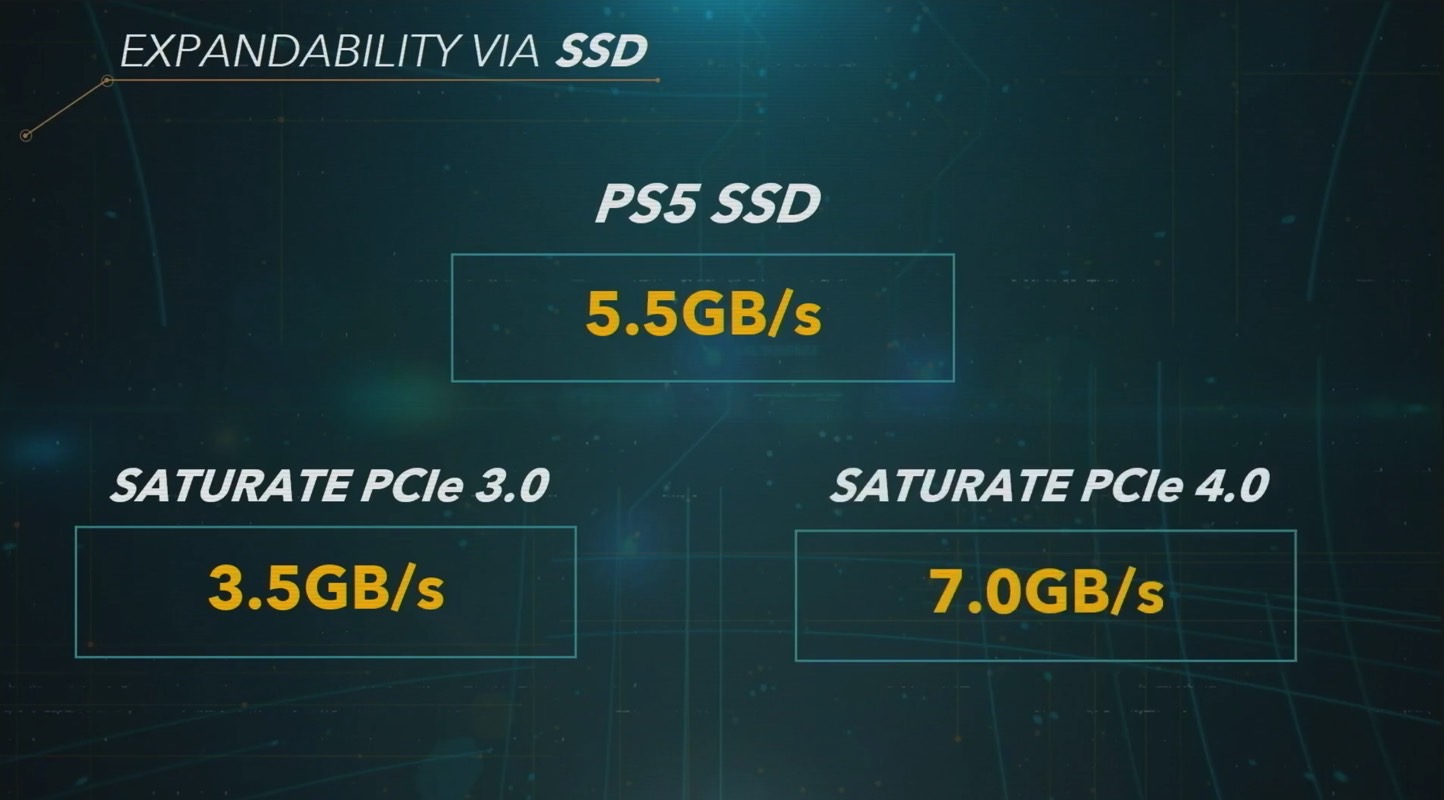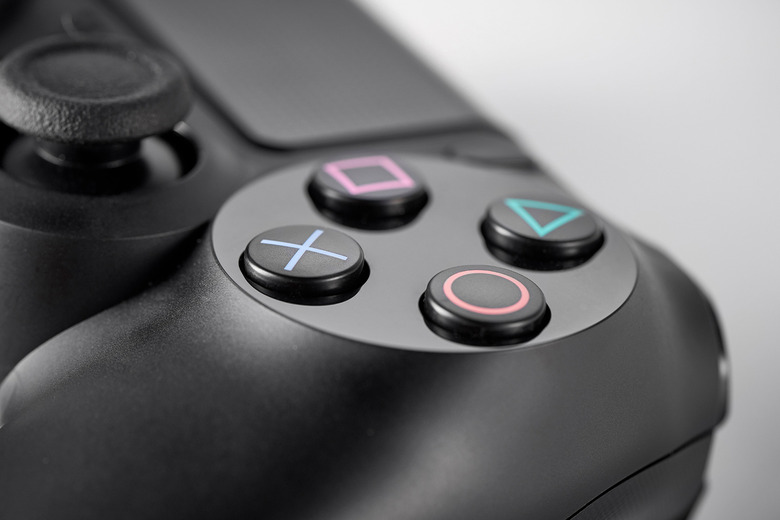PS5's Unusual 825GB SSD Is An Annoying Compromise
- The PlayStation 5 will feature an unusual 825GB SSD, which is an annoying compromise between performance, capacity, and price.
- Sony said during its dull PS5 hardware event that the 825GB custom drive fits well with the hardware, and is enough to satisfy the storage needs of gamers.
- Sony also said it had to account for costs when developing the PS5 SSD, but did not reveal the console's price.
- Visit BGR's homepage for more stories.
It finally happened, PlayStation friends, Sony revealed new details about the PS5 during a streamed pre-recorded presentation that should have happened at the now-canceled GDC. "The Road to PS5" was a 52-minute clip in which Sony's Mark Cerny gave us a deep dive into the PlayStation 5 hardware, which turned out to be a colossal marketing misstep for the company. It's one thing to target developers with this sort of online-only event. But it's absolutely too deep of a dive for potential buyers of the console who aren't interested in all the technical jargon and how everything works. The reaction from fans was absolutely brutal, with the clip currently having an almost 2:1 likes-to-dislikes ratio — that's 219K to 89K for anyone keeping scores at home.
That said, Sony did reveal the full set of specs for the upcoming PS5, and it turns out that some of the leaks in the past few months were right. On paper, the new Xbox Series X lists better CPU and GPU performance than the PS5, but the new PlayStation has a custom solid-state drive that's twice as fast as the Xbox. Sadly, the PS5 SSD has a strange capacity, at 825GB, that screams of compromise.
Even before we learned the specs for both consoles, we knew they'll both feature custom SSDs that will be faster than what's currently available in laptops and desktops. We also told you that SSD capacity will be a crucial feature when it comes to setting the price tag of each console. And that's why the PS5's unusual 825GB SSD seems to be a massive compromise between performance, capacity, and price.
On stage, Cerny explained the line of thinking that went into creating this custom capacity. Sony wants games to be able to instantly load several elements of the game at the same time. The exec gave an example where a player would reach a new location, and the game would have to load a few gigabytes of texture, while also loading the last words of an enemy who just died on the screen.

"To reach our bandwidth target of 5 gigabytes a second, we ended up with a 12 channel interface," he explained. "Eight channels wouldn't be enough. The resulting bandwidth we have achieved is actually five and a half gigabytes a second," he added. And then came the unexpected part. "With 12 channel interface, the most natural size that emerges for an SSD is 825GB," Cerny said, in what felt like the beginning of an excuse.
He also confirmed that, while it's "tempting" to add more flash, it "certainly doesn't come cheap, and we have a responsibility to our gaming audience to be cost-effective with regards to what we put in the console."
Cerny added that Sony analyzed the play patterns of a broad range of gamers, and looked at what they were playing over the course of a weekend, a week, or a month and whether that set of games would fit on the SSD. They established that "the friction caused by reinstalled or read downloads would be quite low," so they locked in the 825GB capacity.
Most people who're buying a new console this year, will absolutely not care about priorities when it comes to loading data in a game, channels, or that the natural size for the SSD is 825GB. They'll see 825GB of SSD on the PS5, and 1TB on the Series X. And if both consoles have the same price tag, then it might turn out to be a huge problem for Sony.
Like the Series X, however, the PS5 supports the same two types of storage upgrades, including a slot that can house a fast SSD like the one inside the console and regular, external drives. However, it's still the Series X that comes out a winner, but that's a story for a different time.
